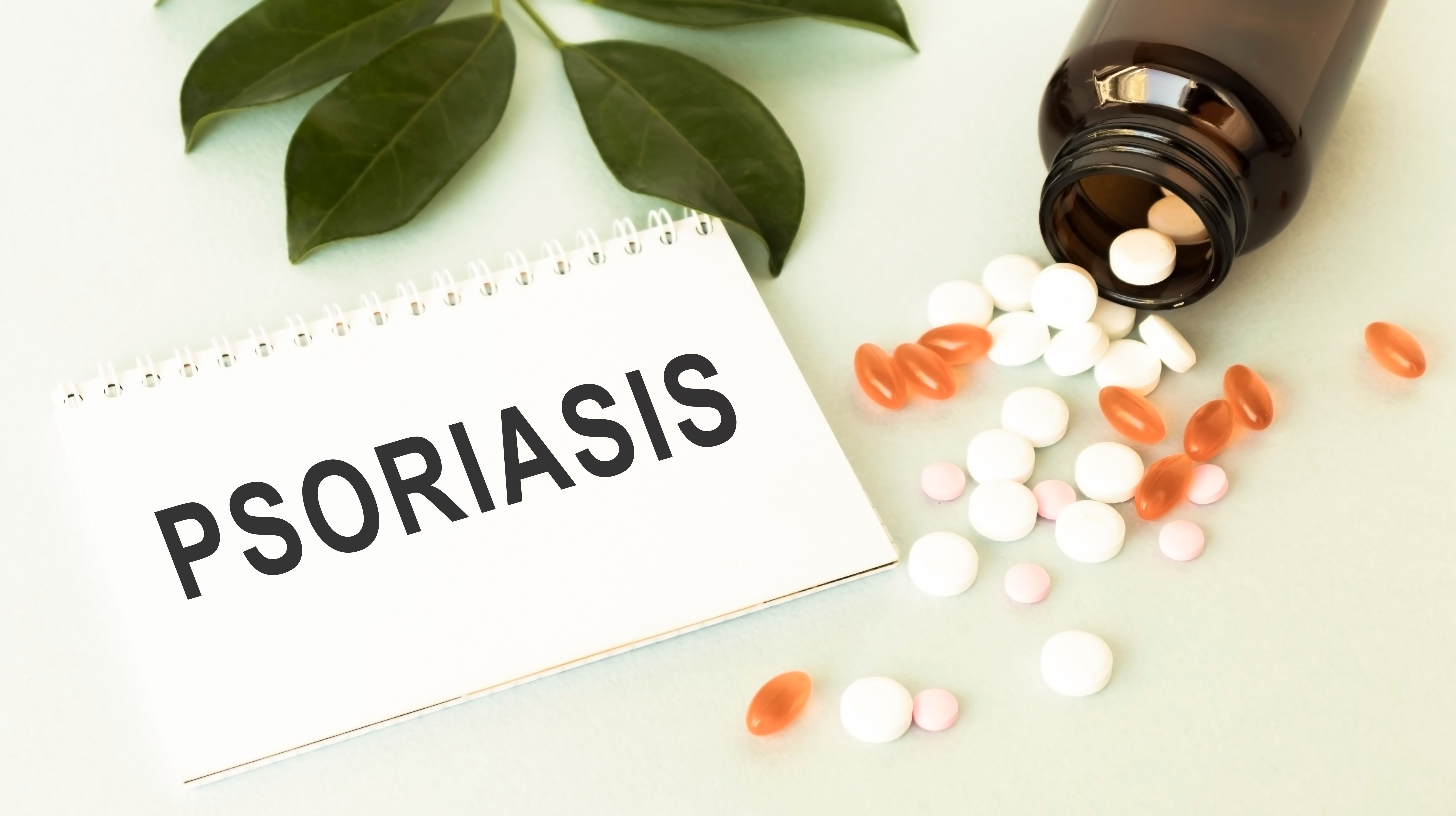Article
Study Examines Link Between Psoriasis, Migraine
Author(s):
Psoriasis might increase the risk of migraine, according to a recently published study, which theorized that the link involves inflammatory processes.
Psoriasis might increase the risk of migraine, according to a recently published study.
Both disorders are associated with inflammatory diseases, but few studies have been conducted to determine if psoriasis increases migraine.
This study used the national cohort study data collected by the Korean Health Insurance Review and Assessment from 2002 to 2013. Patients with psoriasis (n = 11,071) and control participants (n = 44,284) were selected and matched 1:4 by age, sex, income, region of residence, and past medical history of hypertension, diabetes, and dyslipidemia.
The rate of migraine was higher in psoriasis patients (3.3%, 369/ 11,071) than in control participants (2.9%, 1265/44,284). The distributions of age, sex, income, region of residence, and medical history of hypertension, diabetes, and dyslipidemia were comparably matched between the psoriasis and control groups (each P = 1.000). The rate of ischemic heart disease and migraine was higher in psoriasis patients than in control participants (each P <.05).
Migraines occurred significantly more frequently in patients with psoriasis than in control participants (adjusted hazard ratio [HR] = 1.16, 95% CI = 1.04—1.31, P <.05).
This study was different than previous studies that found links between psoriasis and migraine because of the matched controls and stratification by subgroup. It isn’t known how psoriasis increases the risk of migraine, although the researchers said endothelial inflammation and nervous system involvement may play a role.
One of the possible mechanisms of psoriasis is that activation of plasmacytoid dendritic cells (DCs) triggers psoriasis. This activation produces tumor necrosis factor (TNF)-α, interleukin (IL)-12, and IL-23. The axis of TNF-α, IL-12, and IL-23 play a role in the development of psoriasis lesions. Evidence has suggested that psoriasis patients may have endothelial dysfunction due to the effects of TNF-α. In addition, neuropeptide actions on the endothelium are a mechanism of migraine; inflammation-induced endothelial dysfunction may be the potential mechanism linking psoriasis and migraine.
Neuropeptides could contribute to the development of psoriasis; substance P (SP) and calcitonin gene-related peptide (CGRP) modulate the immune system during the development of psoriasis. Both are known triggers of migraine.
In the stratification analysis, psoriasis was associated with an increased risk of migraine only in the group of middle-aged males (adjusted HR = 1.62 95% CI = 1.22—2.13, P = .001).
The authors noted that the prevalence of psoriasis patients was higher in male patients and for those aged 45 to 49. In contrast to this study, a previous study reported conflicting results that psoriasis was associated with an increased risk of migraine in both males and females. Those participants were adjusted by medication use such as cholesterol-lowering drugs.
The authors suggested that unhealthy lifestyle factors may be a potential confounder in participants with psoriasis and migraines.
More studies are needed to show a definitive association between these 2 diseases, including larger, longitudinal, randomized controlled studies to confirm whether psoriasis is associated with an increased risk of migraine in particular sex and age groups.
Reference
Min C, Lim H, Lim JS, Sim SS, Choi HG. Increased risk of migraine in patients with psoriasis: A longitudinal follow up study using a national sample cohort.
Medicine. 2019;98;(17):e15370. doi: 10.1097/MD.0000000000015370





